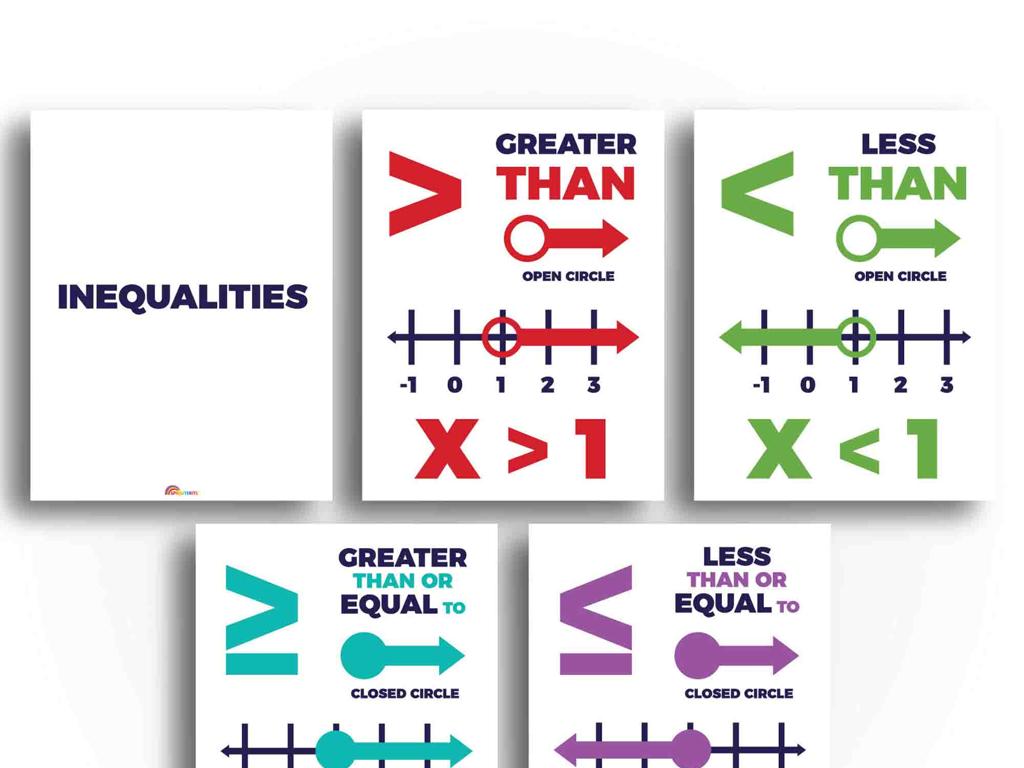Create Stem-And-Leaf Plots
Subject: Math
Grade: Fifth grade
Topic: Data And Graphs
Please LOG IN to download the presentation. Access is available to registered users only.
View More Content
Today’s Adventure: Stem-and-Leaf Plots!
– What is a stem-and-leaf plot?
– A type of graph to sort numbers, like scores or ages
– Organizing data with stem-and-leaf
– Each number is split into a stem (the first digit) and a leaf (the last digit)
– Daily life applications
– Helps in understanding surveys, weather data, or keeping track of sports scores
– Benefits of data organization
– Makes it easier to see patterns, compare and interpret data
|
Introduce stem-and-leaf plots as a fun and practical way to organize numerical data. Explain that the ‘stem’ represents the leading digit(s) while the ‘leaf’ represents the last digit of each number. Emphasize the importance of data organization in everyday life, such as understanding surveys, weather patterns, or sports statistics. Highlight how organizing data helps us to see patterns, make comparisons, and interpret information more effectively. Encourage students to think of situations where they encounter data and how a stem-and-leaf plot could be used to organize that data.
Understanding Stem-and-Leaf Plots
– Visual tool for data display
– Like a bar graph, but with numbers
– ‘Stem’ shows first digit(s)
– If we have 54, 5 is the stem
– ‘Leaf’ shows last digit
– If we have 54, 4 is the leaf
– Example with a data set
– Let’s use 12, 14, 22, 23, 24 to create one
|
A stem-and-leaf plot is a type of graph that is used to organize and display data in an easy-to-understand format. It’s similar to a histogram but shows actual numbers. The stem represents the leading digits of the data points, while the leaf represents the trailing digits. This allows us to see the distribution and frequency of data. For example, with the data set 12, 14, 22, 23, 24, we can create a stem-and-leaf plot where ‘1’ and ‘2’ are stems, and the leaves are the individual units of each number. This visual representation helps students quickly identify the range, median, and mode of the data. Encourage students to practice by creating their own stem-and-leaf plots using different data sets.
Creating a Stem-and-Leaf Plot
– Find smallest & largest number
– Helps to determine the range of data
– List stems in vertical order
– Stems represent the leading digits
– Write leaves next to stems
– Leaves are the ending digits of data points
– Order leaves small to large
– Organizes data for better understanding
|
This slide outlines the steps to create a stem-and-leaf plot, a useful tool for organizing numerical data in an ordered form. Start by identifying the range of the data set. Then, determine the stems, which are the first digits of the numbers, and write them in a column. Next, write each corresponding leaf, the last digit of the number, next to its stem. Finally, arrange the leaves in ascending order to complete the plot. This visual representation helps students quickly see the distribution of data and is an excellent introduction to understanding more complex graphs and charts.
Organizing Test Scores with Stem-and-Leaf Plots
– Understand stem-and-leaf plots
– A way to display data where numbers are split into stems (first digit) and leaves (next digit).
– Identify stems from scores
– Stems are the tens place of scores: 70, 80, 90 become 7, 8, 9.
– Place leaves by stems
– If a score is 84, the leaf (4) goes next to stem 8.
– Order leaves and review plot
– Arrange leaves in ascending order for each stem to finish.
|
This slide introduces students to the concept of stem-and-leaf plots, a graphical method to organize and display data. Start by explaining that the ‘stem’ represents the leading digit(s), while the ‘leaf’ represents the trailing digit(s). Use the class test scores as an example to identify the stems based on the tens place. Then, show how to place each score’s leaf next to its corresponding stem. Finally, guide students to order the leaves in ascending order to complete the plot. This visual representation helps students understand data distribution and is a practical skill for interpreting real-world data. Encourage students to practice with the class test scores and then try creating their own stem-and-leaf plots with different data sets.
Reading a Stem-and-Leaf Plot
– Interpreting plot data
– Learn to read numbers and understand the data distribution.
– Finding range, median, mode
– Range is the difference between highest and lowest; median is the middle value; mode is the most frequent.
– Comparing two plots
– Look at differences in data sets and discuss what they tell us.
– Understanding plot benefits
|
This slide aims to teach students how to read and interpret data from a stem-and-leaf plot. Start by explaining how each part of the plot represents numbers in the data set. Then, move on to identifying the range, median, and mode from the plot, which are basic statistical concepts. Show how to compare two different plots by looking at their shape, center, and spread to understand differences in data sets. Emphasize the importance of stem-and-leaf plots in organizing data and making it easier to analyze. Provide examples and possibly a hands-on activity where students create their own plots and practice these skills.
Activity Time: Create Your Own Stem-and-Leaf Plot!
– Choose your own data set
– Could be family ages or favorite numbers
– Create a stem-and-leaf plot
– Organize data into stems and leaves
– Share and explain your plot
– Present your plot to a classmate
– Discuss with your partner
– What does your partner’s plot tell you?
|
This class activity is designed to provide hands-on experience with stem-and-leaf plots. Students should select a set of data that is meaningful to them, such as the ages of family members or their favorite numbers. They will then use this data to create a stem-and-leaf plot, paying attention to the steps of organizing the data into stems (the first digit or digits) and leaves (the last digit). Once completed, students will pair up to share and explain their plots to each other. This peer-to-peer interaction will help reinforce their understanding of how stem-and-leaf plots represent data. As a teacher, circulate the room to assist with any questions and to ensure students are correctly creating their plots. Possible variations of the activity could include using data from a recent test, sports scores, or temperatures over a week.
Stem-and-Leaf Plots Review
– Review stem-and-leaf plots
– A quick recap of how to create and read stem-and-leaf plots.
– Address questions or confusions
– Discuss the value of data organization
– Organizing data helps us see patterns and make comparisons easily.
– Engage with examples
– Let’s look at some examples and explain their usefulness.
|
This slide is aimed at consolidating the students’ understanding of stem-and-leaf plots. Begin by reviewing the key concepts and steps involved in creating these plots. Open the floor for any questions the students might have, providing clarification where needed. Emphasize the importance of organizing data by discussing how it can reveal trends and make information easier to understand and analyze. Use examples to illustrate these points, such as comparing test scores or organizing survey data. Encourage students to participate by sharing their thoughts on why data organization is crucial in various real-life scenarios.
Stem-and-Leaf Plots: Conclusion and Homework
– Congratulations on learning stem-and-leaf plots!
– Homework: Create your own stem-and-leaf plot
– Use any data like ages, scores, or heights
– Find a data set for your plot
– Present your plot to the class tomorrow
– Explain your data and how you organized it
|
Well done to the class for mastering the concept of stem-and-leaf plots! For homework, students are tasked with finding a set of data, which could be anything from the ages of family members to points scored in a game. They will then create their own stem-and-leaf plot using this data. Encourage creativity and ensure they understand how to split the data into ‘stems’ and ‘leaves’. Tomorrow, each student will have the opportunity to present their plot to the class, explaining their data set choice and the process they followed to create the plot. This will reinforce their understanding and allow them to practice their presentation skills.






